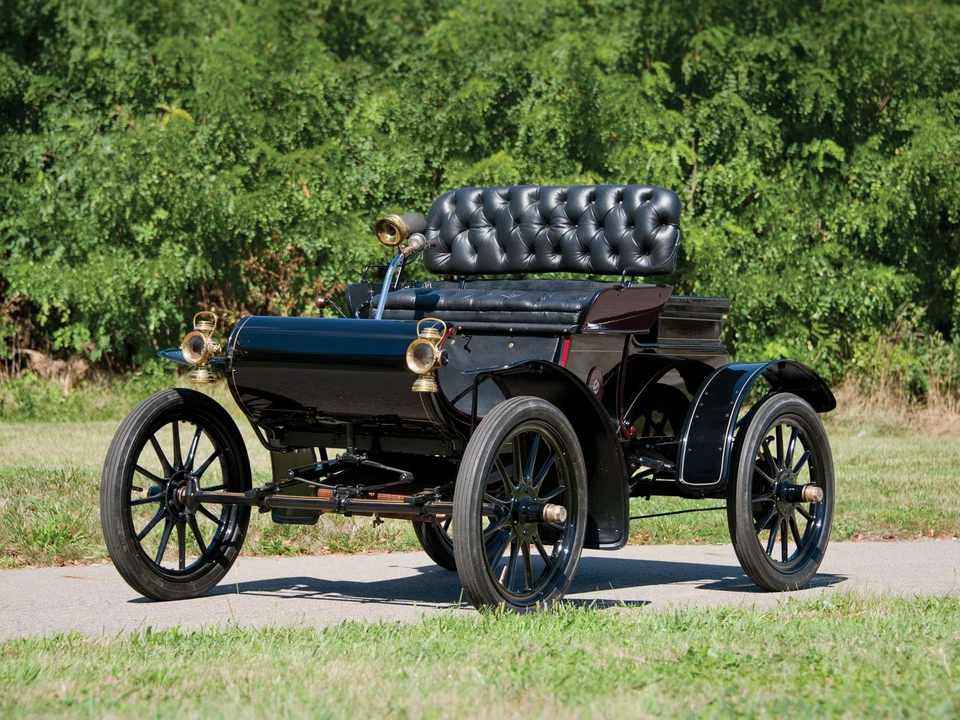Just how dangerous was auto racing during the early 1900s?

The Origins of Auto Racing and the Need for Speed
In the early 1900s, the world was rapidly changing, and the invention of the automobile brought about a new era of transportation. With this new technology came the desire to push these machines to their limits, giving birth to the thrilling sport of auto racing. As with any new venture, there were risks and dangers involved, and the early days of auto racing were no exception. In this article, we will explore just how dangerous auto racing was during this time in history and how it has evolved over the years.
Death-Defying Races: A Look at the Fatalities
Auto racing in the early 1900s was a far cry from the safety-conscious sport we know today. With little regard for driver safety, races were often held on makeshift tracks, and drivers faced numerous perils. Fatalities were not uncommon, with some races claiming multiple lives in a single event. The infamous 1903 Paris-Madrid race, for example, saw 8 fatalities and numerous injuries, leading to the race being halted mid-way. This tragic event served as a wake-up call for organizers and led to the introduction of safety regulations in future races.
Crude Machines: The Risky Technology of Early Race Cars
The technology of the early race cars was rudimentary at best. Built for speed, these machines lacked the safety features we now take for granted. Brakes were often unreliable, and the lack of seat belts or roll cages meant that drivers were at risk of being thrown from their cars during collisions or rollovers. Furthermore, early race cars were prone to mechanical failures, leading to dangerous situations such as burst tires or engine fires. As the sport evolved, car manufacturers began to develop safer and more reliable race cars, helping to reduce the risks faced by drivers.
Track Troubles: The Perils of Early Racing Circuits
Early auto racing tracks were far from the sophisticated circuits we see today. Often held on public roads or dirt tracks, these makeshift courses presented numerous hazards for drivers. Potholes, uneven surfaces, and debris on the track were common, leading to frequent accidents and breakdowns. Spectators often lined the tracks, putting themselves in harm's way and occasionally causing further danger to the drivers. Over time, proper racing circuits were developed, with purpose-built tracks and safety barriers designed to protect both drivers and spectators.
The Need for Speed: Pushing the Limits and the Consequences
The allure of auto racing has always been the pursuit of speed, and this was certainly true in the early 1900s. Drivers pushed their machines to the limit, often at great personal risk. The pursuit of speed led to reckless driving, with drivers taking corners at breakneck speeds or attempting dangerous overtaking maneuvers. The introduction of speed limits and other safety regulations helped to curb some of this dangerous behavior, but the quest for speed would always be a part of auto racing's DNA.
The Road to Safety: The Introduction of Regulations and Safety Measures
As the dangers of auto racing became more apparent, steps were taken to improve the safety of the sport. Racing organizations began to introduce regulations and safety measures, such as speed limits, mandatory safety equipment, and regular inspections of cars and tracks. Innovations in car design also played a role in improving safety, with the introduction of seat belts, roll cages, and other protective features. While the sport would never be completely without risk, these steps went a long way towards reducing the dangers faced by drivers and spectators alike.
The Legacy of Early Auto Racing: A Lasting Impact on the Sport
Auto racing has come a long way since the early 1900s, with advances in technology and safety measures making it a far safer and more regulated sport. However, the dangers faced by drivers in those early days have left a lasting impact on the sport. The bravery and determination of those early racers, who put their lives on the line in pursuit of speed, have shaped the spirit of auto racing and continue to inspire drivers and fans alike. The lessons learned from the perils of early auto racing have made the sport what it is today: a thrilling and exhilarating spectacle that captivates audiences around the world.